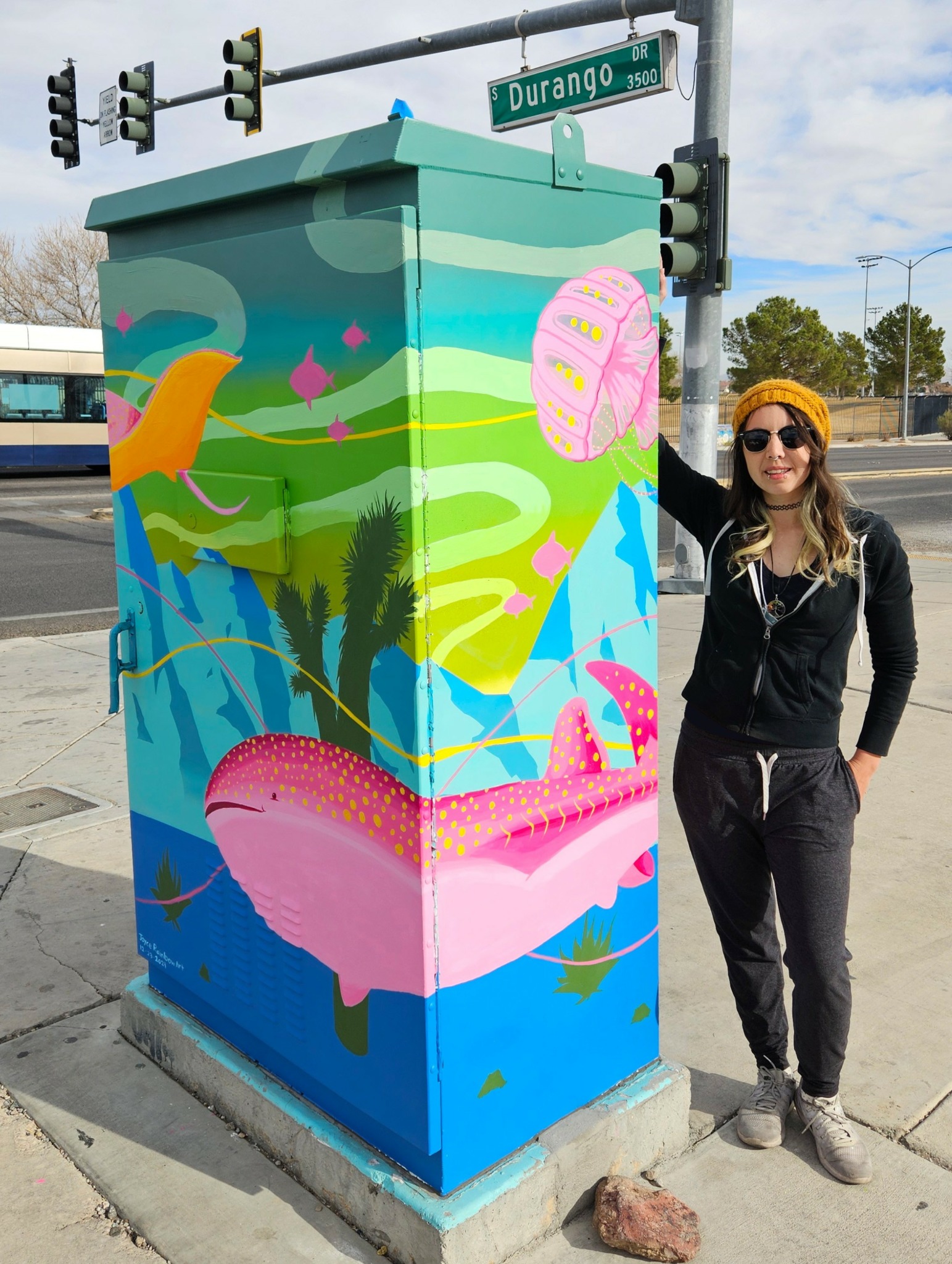We’re excited to introduce you to the always interesting and insightful Joyce Rainbow Art. We hope you’ll enjoy our conversation with Joyce below.
Alright, Joyce thanks for taking the time to share your stories and insights with us today. Have you been able to earn a full-time living from your creative work? If so, can you walk us through your journey and how you made it happen? Was it like that from day one? If not, what were some of the major steps and milestones and do you think you could have sped up the process somehow knowing what you know now?
I currently earn a full-time living from my creative work, but the journey hasn’t always been easy or straight forward.
In college, I attended a lot of anime and comic conventions which had inspired me to start selling my work as an exhibitor at these events. This launched my entrepreneurial journey, which showed me the benefit of getting out of my comfort zone and to just go for it! I did this for a while and although I didn’t have much business knowledge then, I was just happy to get my work out there and know that people saw value in my work.
I got my BA in Graphic Design in 2013 – I always knew I wanted to work in the arts, but never knew I would end up becoming my own boss. At the time, I had always envisioned working for major video game or animation studios as a concept artist, so I started to build my portfolio to cater to those roles.
Shortly after, I was hired at a slot machine studio here in Las Vegas where I worked on graphics, animation, and illustration for both proprietary and licensed titles to be published around the world. Although I learned a lot on the job, it was a highly competitive industry which involved working late hours and sometimes weekends to meet tight deadlines. Due to this, I had to put my personal art business and practice on hold. I also realized that the more I would advance in my career, the more administrative tasks would take over which would leave even less room for making art.
This had made me reconsider my original path of working for a major gaming or animation studio, seeing how the slot machine industry wasn’t much different. I realized that all I wanted was to be able to spend time with my own art. In 2019 I left the slot machine industry and haven’t worked a full-time corporate job since then.
After quitting my job, I dedicated myself fully to improving my art skills, staying true to my belief that mastering my craft should always come before the business side of things. I discovered a way to both improve my skills and market myself by live streaming my art fundamentals practice on Twitch. This ended up being lucrative for the next couple years since many people turned to livestream entertainment during the pandemic.
I also had the opportunity to teach Design Fundamentals at University of Nevada Las Vegas, the same school where I had obtained my degree. During my time there, I enjoyed encouraging students to explore their creativity and develop their artistic voice. This inspired me to find more independent outlets to share knowledge, which led me to start creating my own lessons and tutorials on YouTube, still to this day.
Once I moved on from live streaming and university instruction, I went back to selling my work at exhibitions and art fairs – this time with more business knowledge under my belt. I continued doing this for a few years, but eventually I realized that I had returned to that familiar feeling of putting in so much work and still not having much time to sit down and create. The irony being that this was the whole reason I left my corporate job to begin with!
Being on my own was equally liberating as it was disorienting. I explored various creative paths and often felt like I was spinning in circles, still struggling to find a niche that truly resonated with me.
The best thing I could do at that point was to look inward – to reflect on what I truly wanted in life and what genuinely brought me happiness. I knew I wanted to devote as much time as possible to creating and learning art, while minimizing distractions and still earning a livable income.
And that’s when I knew I wanted to be a muralist. It was the perfect opportunity for me to do work, create, and learn all at the same time. Once again, I had to get out of my comfort zone. It was daunting to find ways on how to get started with painting large structures without any prior experience.
In late 2024, Clark County put out a Call for Artists for their ZAP! Utility Box painting program – a beginner friendly outlet to get into public arts and mural work. I was accepted and painted my first box in December 2024 and I absolutely loved it. Spending the whole time painting and learning techniques, all while contributing to the beautification of my city and putting smiles on people’s faces..I felt whole again.
This empowerment I felt within myself had attracted more opportunities my way. Since then, I started painting more walls and canvases for public arts, my pole fitness studio, and music festivals.
Although I would have had the chance to be further along in my career if I had discovered murals earlier on, I have come to respect my own journey, highs and lows, as it has all helped me get to where I am today. I think it’s important for artists to acknowledge the uniqueness of their own journey as well. For artists just starting out, I believe it’s important to spend some time exploring different opportunities, even if it feels like fumbling in the dark, just to get an idea of all the different paths available to them. And once it’s figured out and locked in, that’s when the real magic happens.


Joyce, before we move on to more of these sorts of questions, can you take some time to bring our readers up to speed on you and what you do?
My current artistic focus pertains to murals, live painting, and public art. This type of work comes with its own unique challenges, but they suit me well because they align with my strengths and what I enjoy.
For example, working in public spaces requires setting up a functional workspace and adapting to various weather conditions, whether it’s hot, cold, dusty, or rainy. Occasionally, people may stop by to engage in conversation about the work. While these factors can be distracting for some, I’ve embraced them as part of the creative process, integrating both the environment and its people into the act of making art.
However, I feel that the most prominent aspect that makes myself and my art stand out is the ability to construct illustrations stemming from its function and purpose. This was something I taught as a Design Fundamentals instructor, that no matter what or how you design something, the golden rule is that “Form Follows Function”, meaning that the purpose of the piece is always more important than how it is designed.
Before I begin to create a design for a public space or a private entity, I observe and take notes on what the environment looks like and take that into consideration. If a client is involved, I collaborate with them to find the best ways to express their statement, purpose, and goals for the design. I believe this is the most important part of the design process, as it provides a strong backbone and central focus from which the illustrations can branch.
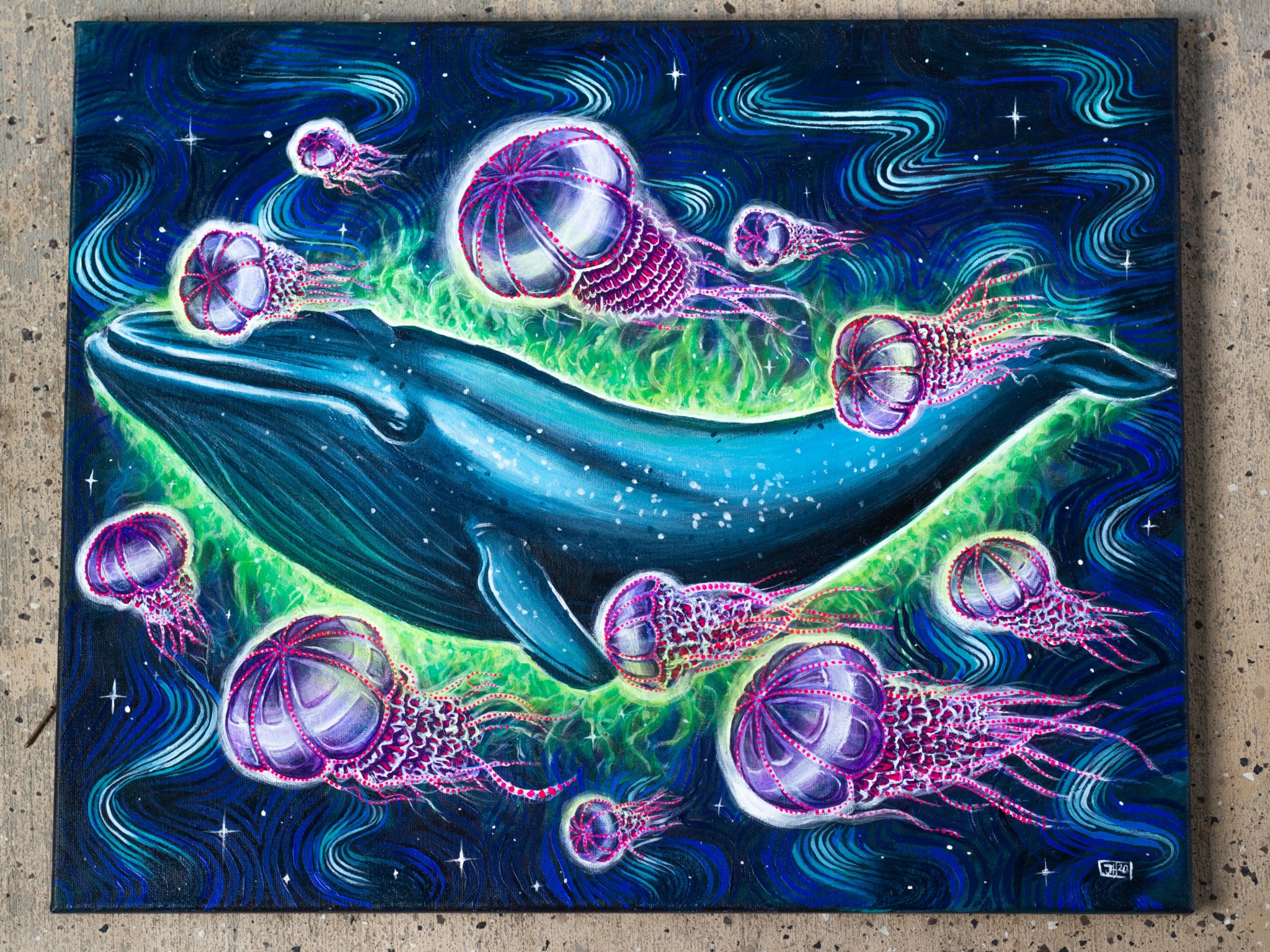
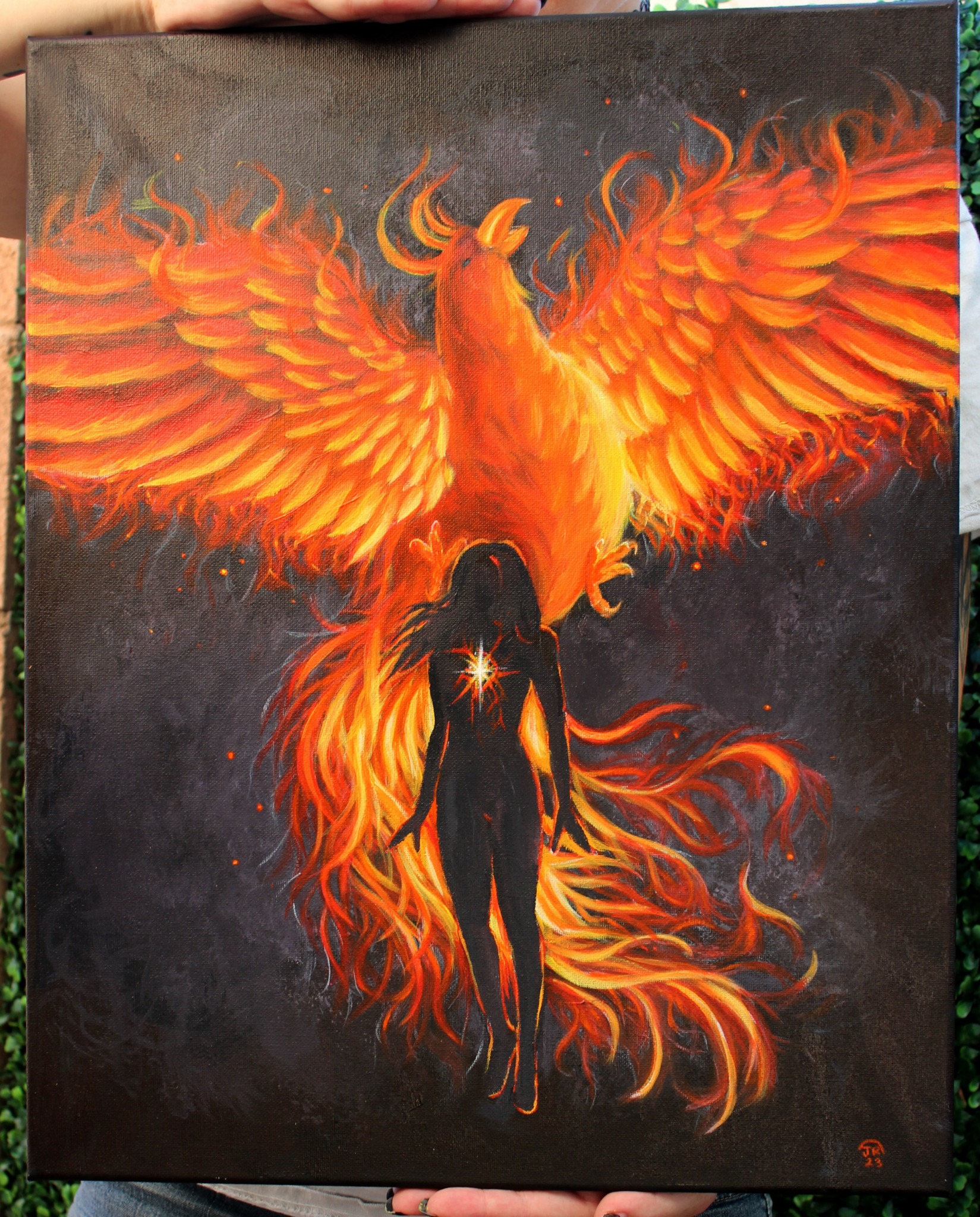
Any resources you can share with us that might be helpful to other creatives?
The number one resource I’ve come to find most helpful throughout my creative journey is community. I am thankful to be living in a time where books and media are easily available as a resource, and I still value and utilize these frequently.
However, the most valuable knowledge I’ve come to obtain in my industry has been through connecting with other artists and not being afraid to reach out and ask questions. The variety of methods and tools that different artists employ has helped me learn and explore new ways of creating and strengthening my artistic process in the process.
Community has also been one of the best ways I have found opportunities. When it comes to seeking out creative work, people tend to gravitate towards familiarity, and being part of a community helps with establishing that presence.
As a shy and introverted kid, it was difficult for me to want to talk to people about being an artist. However, once I worked up the courage to get out of my comfort zone and start connecting with people, opportunities began to come forward.
There are countless communities for artists, both large and small, online and in person, and I truly believe there’s something out there for everyone!
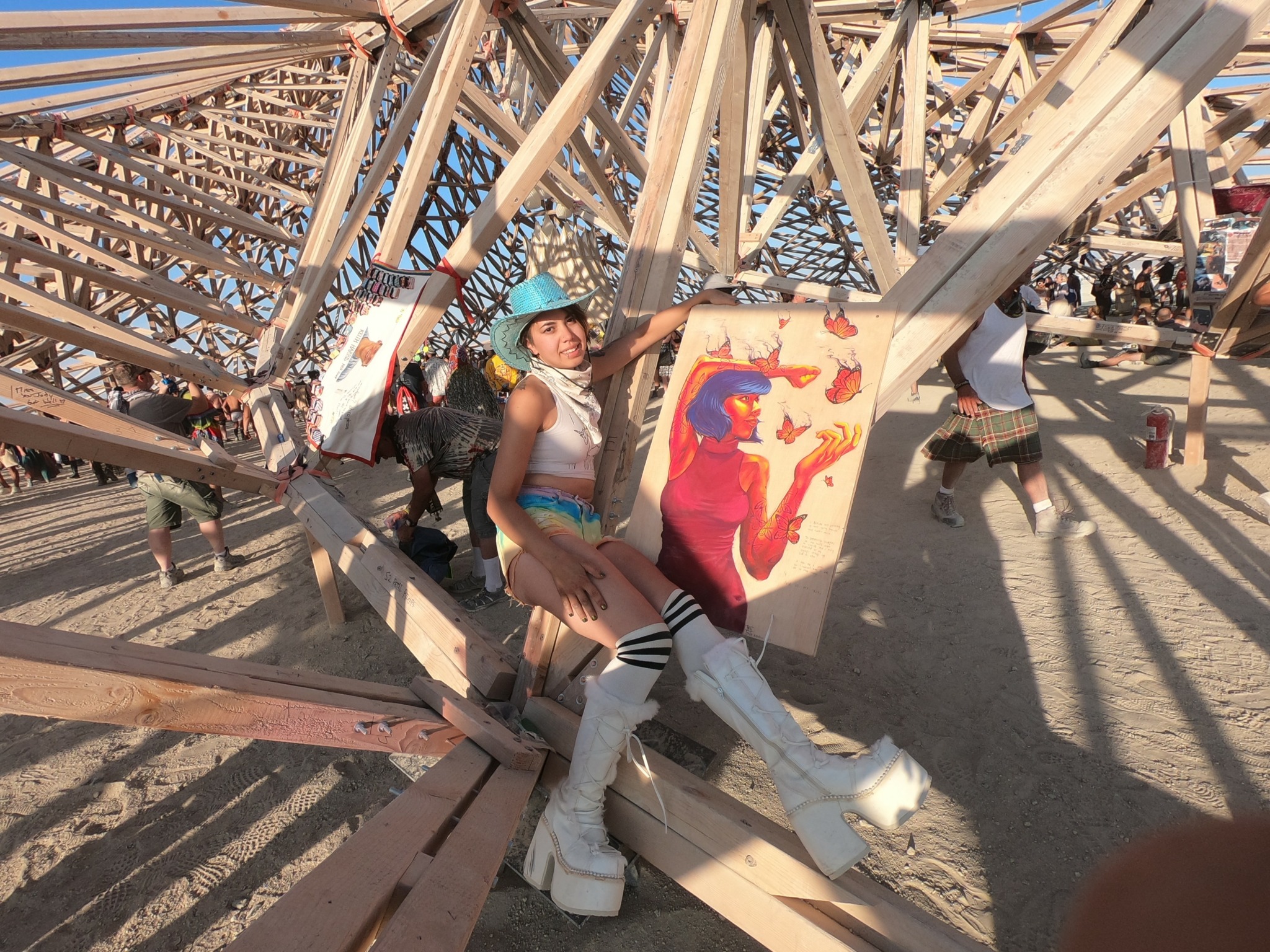

Are there any books, videos or other content that you feel have meaningfully impacted your thinking?
I love reading nonfiction and self-help books as a part of my journey in self growth, both for my art business and my personal life.
Here are three books that have helped me with business, mental health, and philosophy respectively:
1. The 80/20 Principle: The Secret to Achieving More with Less by Richard Koch
It’s mind blowing how such a simple formula has shifted my entire dynamic when it comes to art business. I used to be so scared of combining the words “art” and “business” as if they were polar opposites. Additionally, during the earlier years of my career I would spread myself too thin by trying to appease a wider demographic.
The 80/20 principle has taught me how to reconsider ways to allocate my energy by observing and leaning in to which results were more successful than others. For example, when a particular theme or design gained more traction than others, it was a clear sign that I should focus on creating more work in that area. Or instead of posting on multiple social media platforms, I’ve put more of my attention to the ones that have gained the most traction and instead focus on how I can better connect with others through that platform.
Overall, this book has helped me develop a pattern of thinking that I can apply to any business approach to help make better use of my time and energy.
2. The Perfectionist’s Guide to Losing Control: A Path to Peace and Power by Katherine Morgan Schafler
I’ve come to accept that I am, and always be, a perfectionist. As a creative, I take so much pride in my work that I want to give it my all with each and every piece I create. However, this quality has prevented me from wanting to start in the first place, due to the fear that my work may not end up being good enough and that I would end up wasting my time.
The most important message this book has taught me is that perfectionism isn’t a bad trait, but rather there are adaptive and maladaptive qualities to perfectionism that are worth observing. By helping me embrace the adaptive traits of perfectionism, it has helped me accept parts of my personality and work ethic that work in my favor instead of shaming them.
Learning this has helped me approach my work with confidence, which has not only helped me complete work with ease but has also improved the quality of my work as the confidence shines through!
3. Crucial Conversations: Tools for Talking When Stakes Are High by Kerry Patterson
This one is probably my favorite book of all time. I truly believe that communication is the root of everything.
I grew up in a family where communication was lacking, something I didn’t fully recognize until I began repeating those patterns myself. This eventually led to pushing away opportunities and people I cared about. Because I wanted to improve my relationships with others, I came across this book which ended up helping me improve my communication skills especially in challenging situations.
This book has not only helped me improve communication with people in my personal life, but in business settings as well. It offers a framework for thoughtful communication, emphasizing the importance of active listening and finding common ground with others.
When reaching out to clients, I prioritize timely communication and being an active listener. Clients have expressed appreciation for my communication, especially after experiencing challenges with other artists – which I’ve found to be quite surprising and eye-opening.
Contact Info:
- Website: https://www.joycerainbowart.com
- Instagram: https://www.instagram.com/joycerainbowart
- Facebook: https://www.facebook.com/JoyceRainbowArt
- Youtube: https://www.youtube.com/@JoyceRainbowArt
- Other: https://linktr.ee/Joycerainbowart
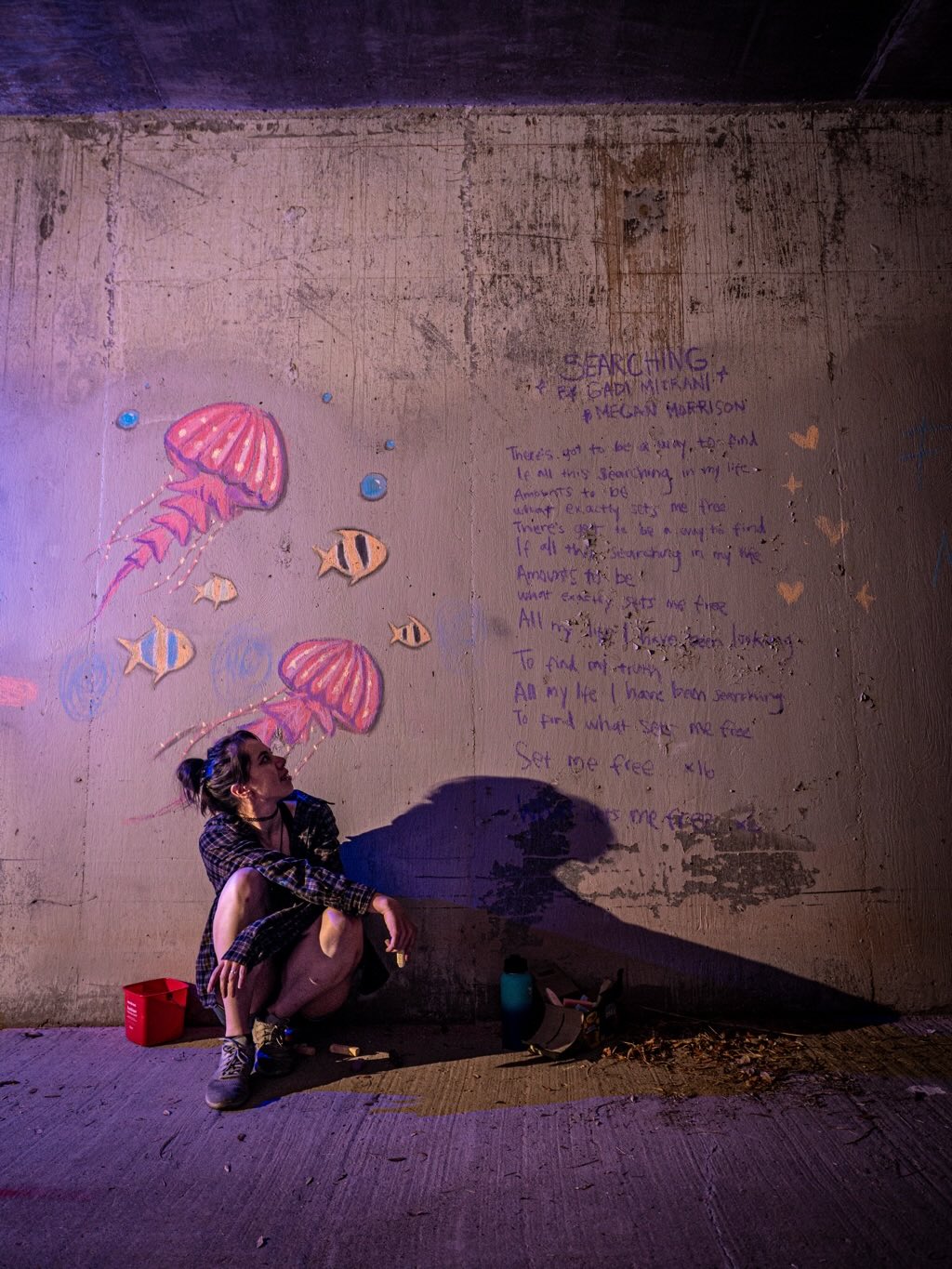

Image Credits
ChalkSeaCreatures.jpg – Ian Tseng
ProfilePic.jpg – Marcus Bates


